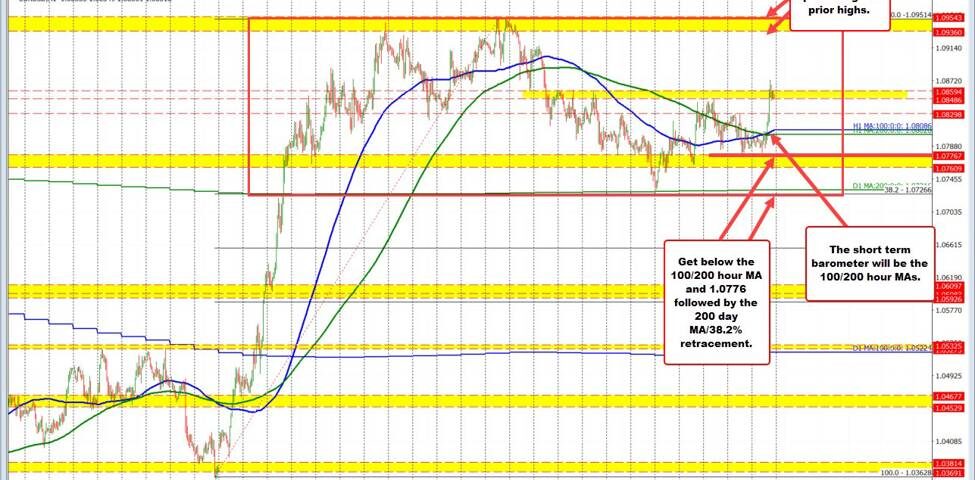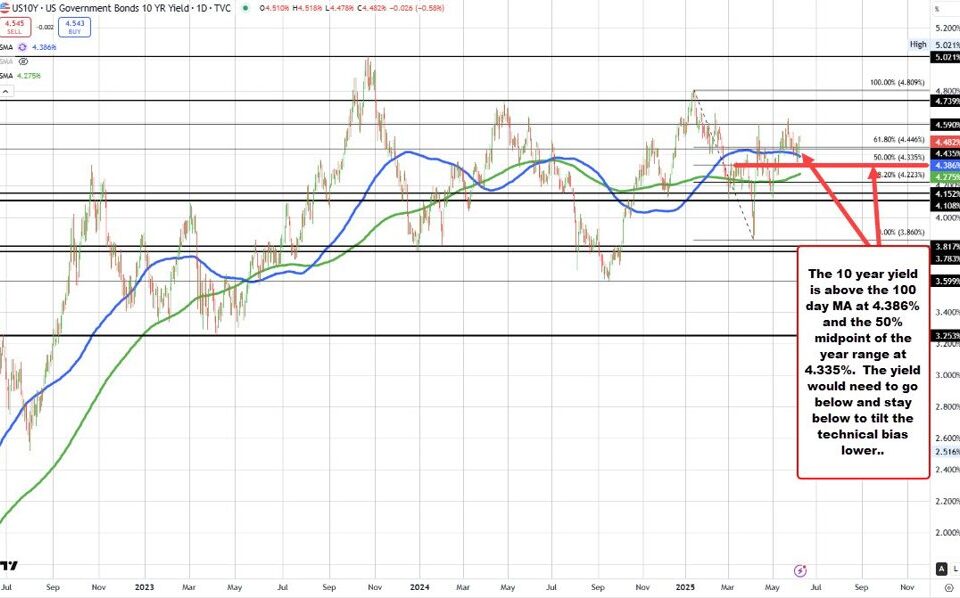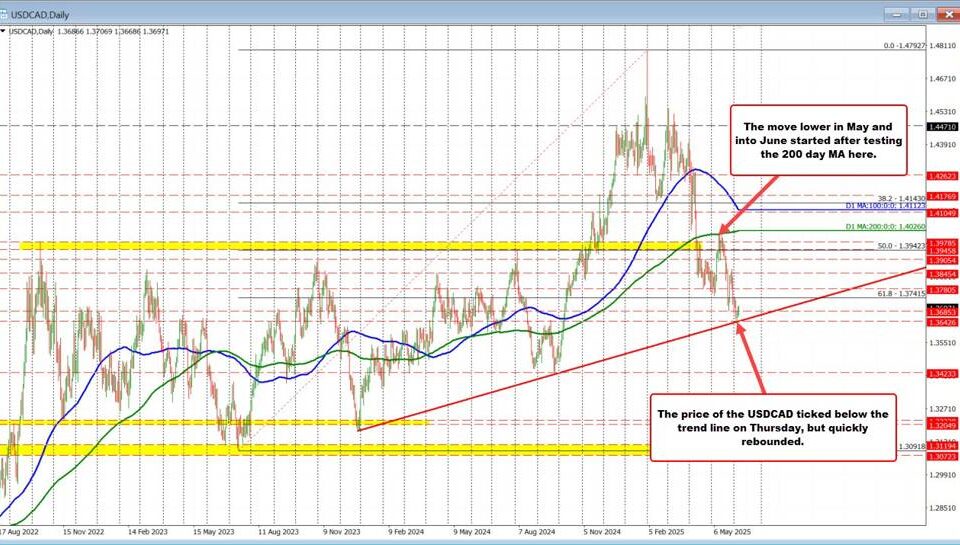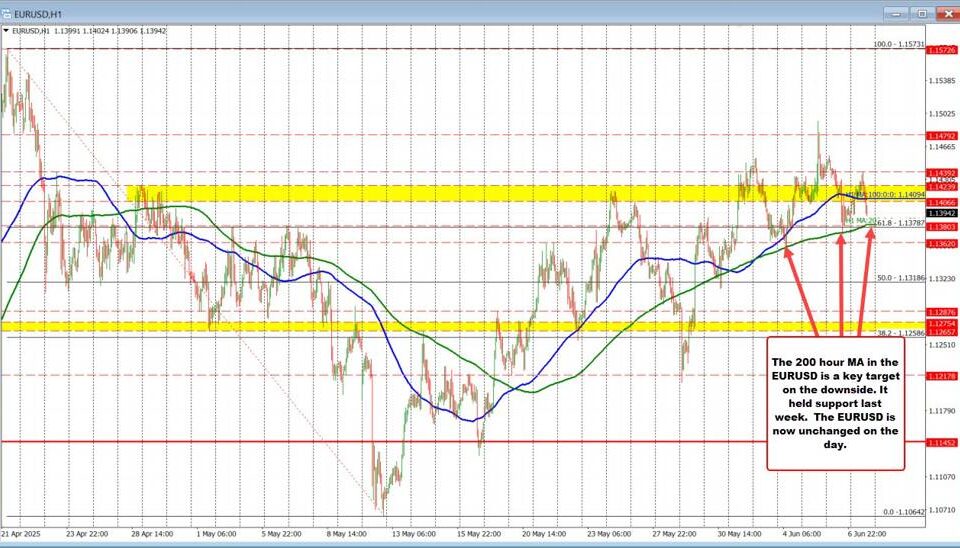
Laughing in the Face of Threat: The Complex Impact of Humor in Political Discourse
Tháng 4 2, 2025Alec Baldwin’s ‘Pre-Civil War’ Comment: Analyzing America’s Political Polarization
Tháng 4 2, 2025Recent Developments in Major Currency Pairs Amid Tariff Uncertainty
As global economies remain tightly intertwined, recent developments surrounding major currency pairs have drawn significant attention, particularly due to the ongoing tariff uncertainties stemming from the U.S. administration. With geopolitical tensions and economic implications taking center stage, let’s delve into how these circumstances are shaping the currency landscape.
EUR/USD: The Euro Under Pressure
The EUR/USD pair is currently navigating the critical level of 1.0800 as traders closely monitor upcoming announcements from President Trump regarding reciprocal tariffs. Analysts predict that the Eurozone might be heavily affected by impending tariff implementations, potentially leading to a reduction in economic growth of approximately 0.5%. Such forecasts are causing unease among investors, raising concerns about the European Central Bank (ECB) possibly resorting to interest rate cuts to stimulate the economy amid challenging conditions.
Uncertainty permeates the Eurozone as market participants grapple with the implications of possible retaliatory measures from the European Union (EU). The prospect of the EU responding to U.S. tariffs could add to the volatility of the Euro, stirring skepticism about the future trajectory of this currency pair. As the situation unfolds, keeping a close eye on these developments will be critical for forex traders. Furthermore, it may be valuable for traders to refer to insights on current bullish momentum in the EUR/USD as highlighted in this analysis: Euro vs US Dollar Forex Analysis: Identifying the Bullish Momentum Amid Consolidation.
GBP/USD: Cautious Sentiments Above 1.2900
The GBP/USD currency pair embodies a cautious sentiment, trading just above the 1.2900 mark. Market participants remain hesitant to commit to new positions ahead of the impending tariff announcement, underscoring the broader economic uncertainty that lies ahead. The British pound, much like its Euro counterpart, is under pressure as the prospect of increased tariffs looms, creating an environment rife with speculation.
The potential economic repercussions of tariffs threaten to undermine business confidence, fostering a climate of volatility for the GBP/USD pair. In light of the fragile economic backdrop amplified by tariff discussions, traders are adopting a wait-and-see approach, which contributes to the cautious pricing around this currency pair. For those interested in a neutral analysis of the GBP/USD’s position and strategies, consider reviewing this blog: A Neutral Tide in the GBP/USD: Current Key Technical Notes and Strategies.
AUD and NZD: A Glimmer of Recovery
In parallel, both the Australian Dollar (AUD) and the New Zealand Dollar (NZD) have shown signs of recovery from earlier losses. This uptick can be largely attributed to an improvement in global risk sentiment, reinforced by rising equities in international markets. As investors assess the potential outcomes of tariff announcements, currencies tied to commodity exports like the AUD and NZD often exhibit sensitivity to shifts in risk appetite.
Although a certain degree of recovery is evident, the long-term outlook for these currencies remains contingent on the overarching impact of tariffs and global economic conditions. Should trade tensions escalate, caution will be key for investors in these markets.
Key Implications of Tariffs on Currency Markets
The introduction of tariffs by the U.S. has far-reaching implications, anticipated to be inflationary and capable of inducing economic slowdowns across various nations, ultimately influencing currency values. The EU’s preparedness to enforce countermeasures against U.S. tariffs adds an additional layer of complexity to the situation. Economists express concerns that soaring tariffs could lead to inflated consumer prices, thereby diminishing business confidence and further complicating interactions in the currency landscape.
As the scenario evolves, it is crucial to consider how these changes could impact not only the USD but also other global currencies. For example, insights on the neutral trend in the forex market between the USD and CAD suggest careful monitoring for potential breakout points, which can offer traders a clearer direction in their strategies: Neutral Undertones: Shaping the Short-Term Market Outlook for USD/CAD.
As the international community navigates this uncertain period, staying informed and alert to policy changes and economic indicators will be paramount in the ongoing currency discourse amid these tariffs and trade tensions.




